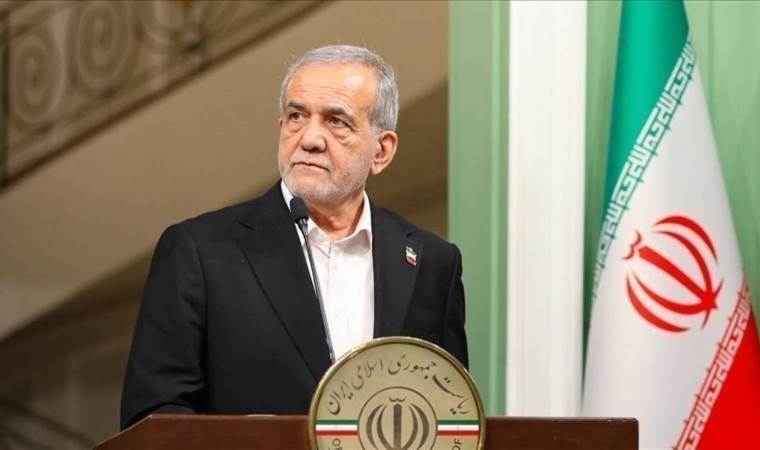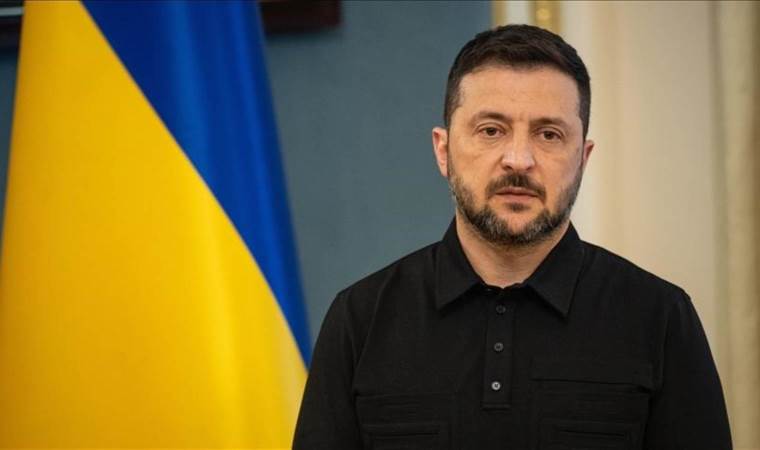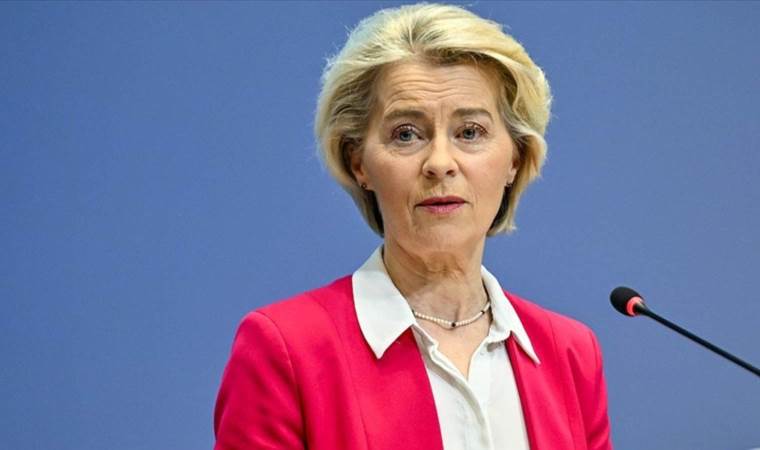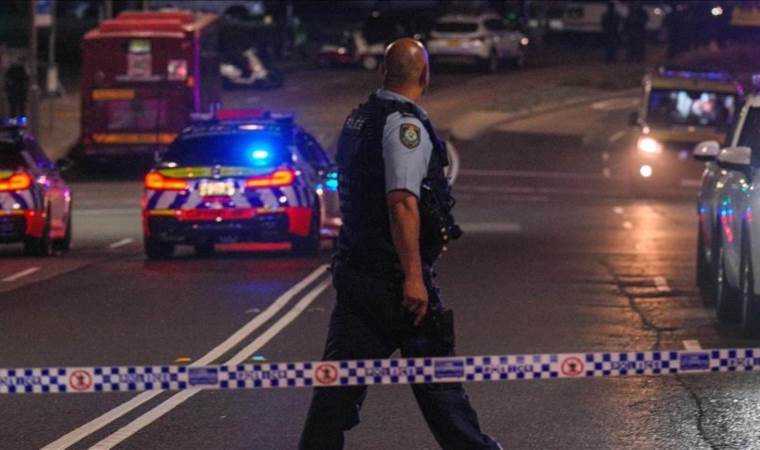Turkey's historic shift: Ancient Chora Church reopened to muslim worship
Turkey has reopened the ancient Chora Church, a celebrated Byzantine building in Istanbul, to Muslim worshippers after more than 70 years as a museum, marking the second major conversion under President Tayyip Erdogan.
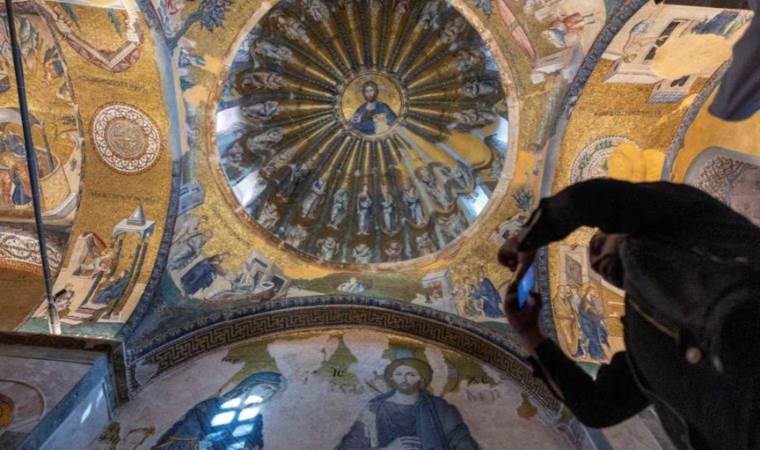
Erdogan, who advocates for pious Muslims and leads a party with Islamist roots, similarly transformed the iconic Hagia Sophia into a mosque in 2020, drawing tens of thousands to the inaugural ceremony.
This move drew criticism from church leaders and some Western countries, who argued that re-purposing Hagia Sophia could exacerbate religious divisions. Erdogan defended the decision, framing it as a matter of sovereign rights and his commitment to protecting Muslim privileges.
The Chora, originally built in the 4th century and converted into a mosque by the Ottomans, was designated a museum in 1945. Erdogan's 2020 order restored its mosque status, and it reopened this Monday following restoration. While the outer halls remain a museum, showcasing the prized mosaics, curtains now obscure these mosaics in the prayer areas, adhering to Muslim traditions.
Visitors have been observed peeking at the mosaics, depicting scenes like Jesus and Mary with the infant Jesus, despite the coverings. British tourist Ferdy Simon expressed regret over the change, preferring the building's previous museum status for better access to its mosaics and frescoes. He criticized the conversion as a political maneuver.
Simon also noted the gender restrictions in the prayer areas, pointing out the exclusion of women from the main narthex, a practice common in mosques. Ugur Gokgoz, a Turkish worshipper, argued that using Chora as a mosque is a right for Turkish people and assured that the museum's artifacts are well-preserved.
The existing structure, predominantly from an 11th-century reconstruction post-earthquake, is part of the Church of the Holy Saviour in Chora, near Constantinople's ancient walls. It houses 14th-century mosaics and frescoes depicting biblical scenes, which were plastered over after the Ottomans' 1453 conquest but were later uncovered when it became a museum in 1945.
Burcin Altinsay Ozguner, Turkey's head of the International Council on Monuments and Sites, argued that the Chora artifacts are unique and best preserved as museum exhibits for academic research. She highlighted the political motives behind the conversions of both Hagia Sophia and Chora, questioning the necessity of more mosques given their proximity to existing ones.
Most Read News
-
 China launches satellite for geographic research
China launches satellite for geographic research
-
 Iran’s president pledges economic reforms, calls for dia
Iran’s president pledges economic reforms, calls for dia
-
 Zelenskyy says US support critical for Ukraine, doubts R
Zelenskyy says US support critical for Ukraine, doubts R
-
 Prosperity of a free Ukrainian state lies in EU accessio
Prosperity of a free Ukrainian state lies in EU accessio
-
 US military strikes vessel in Eastern Pacific
US military strikes vessel in Eastern Pacific
-
 Bondi Beach attackers were operating alone: Australian f
Bondi Beach attackers were operating alone: Australian f
-
 Trump says US, Israel do not agree '100%' on West Bank
Trump says US, Israel do not agree '100%' on West Bank
-
 Yemen cancels joint defense agreement with UAE, calls fo
Yemen cancels joint defense agreement with UAE, calls fo




